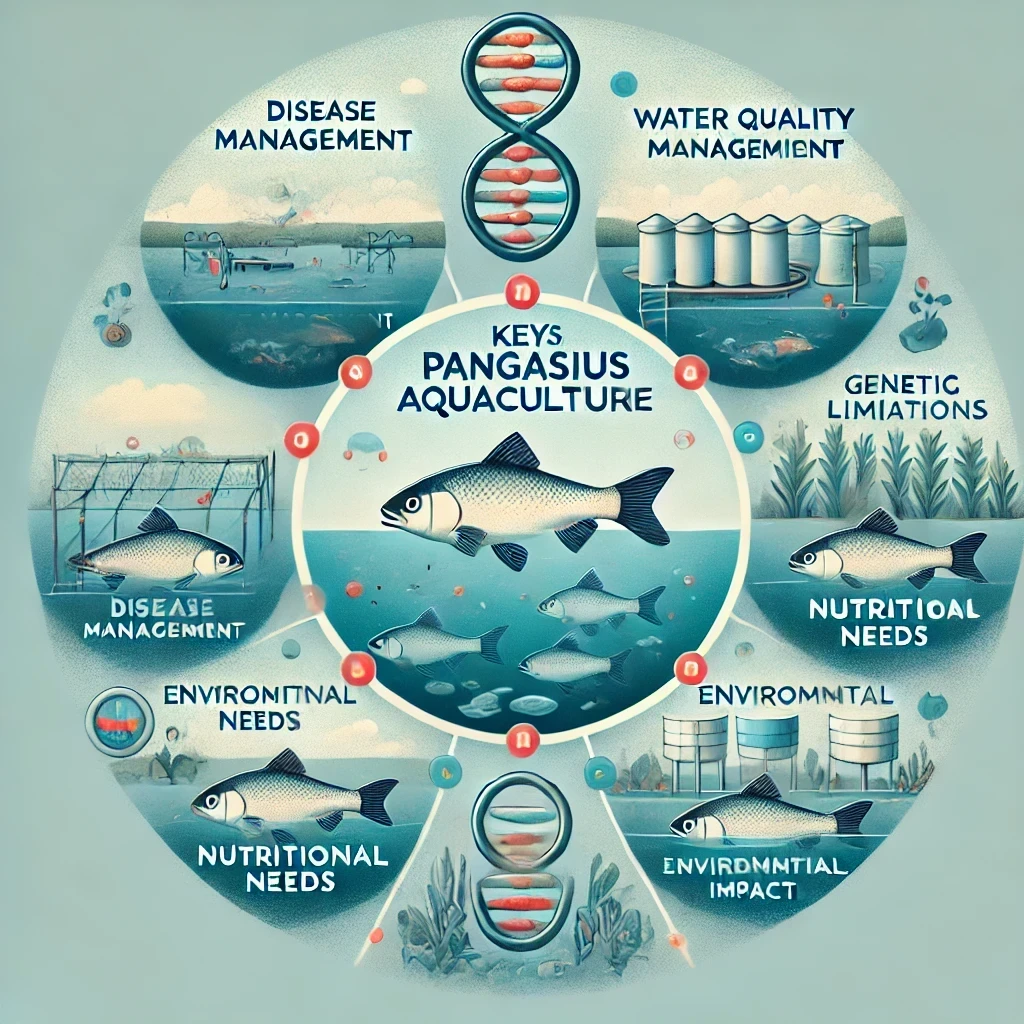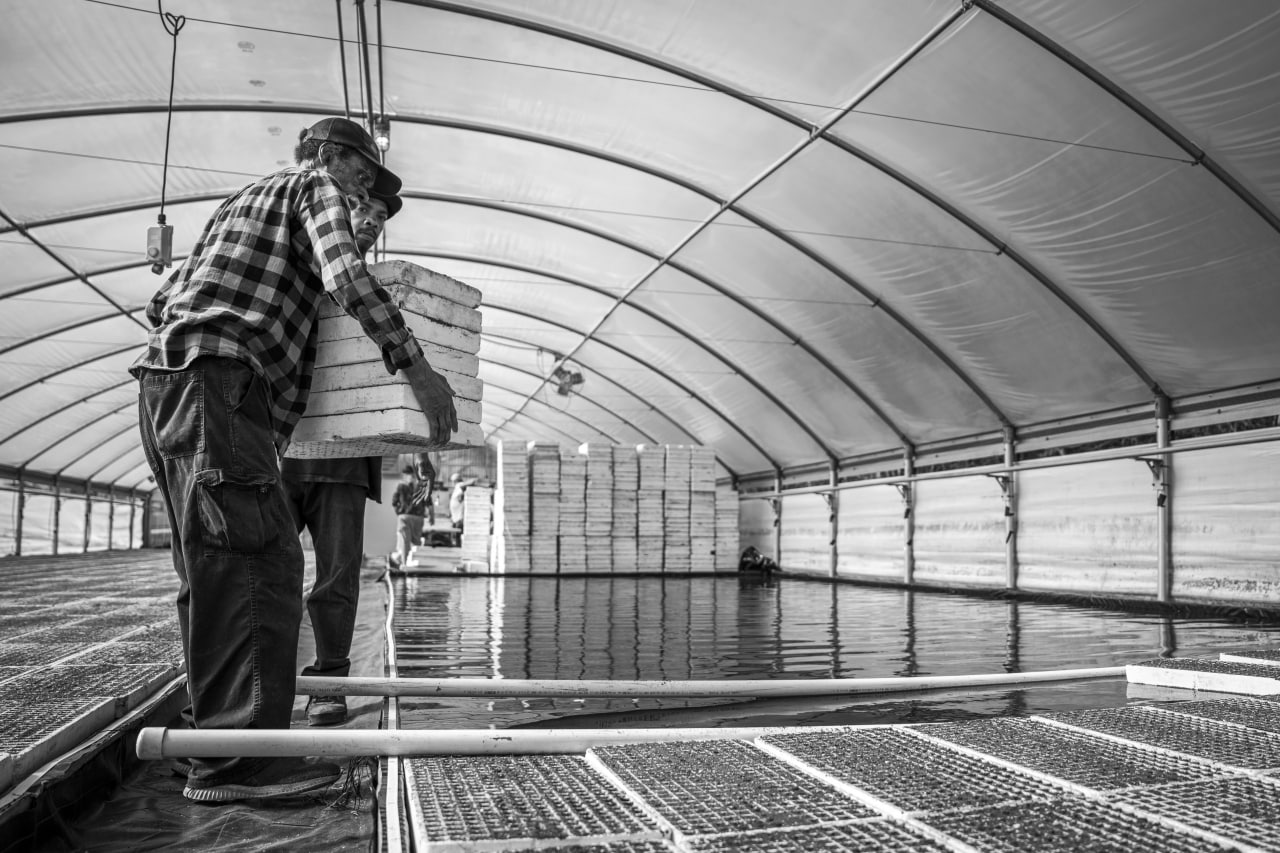Pangasius
Pangasius Hatching and Information
Explore UK Fish Production Insights
Learn How to Reduce Hatchery Losses
Access Expert Strategies for Successful Aquaculture
Production Overview
Pangasius fish, primarily Pangasius hypothalamus, are a significant aquaculture species mainly farmed in Southeast Asia. In the UK, pangasius is not widely farmed but is imported. global pangasius production is estimated to be around 3 million tonnes annually. Vietnam is the world’s largest producer of pangasius, accounting for over 80% of global output.


Survival Rates and Losses
Survival Rates:
Pangasius fish eggs have survival rates ranging from 75% to 90% under optimal conditions, including proper water temperature (28-30°C), dissolved oxygen levels, and broodstock health. Fertilization timing plays a critical role in ensuring high hatching success.
Losses:
Egg mortality, which can reach up to 40%, is mainly caused by delayed fertilization, poor water quality, fungal infections, and inadequate aeration. Handling stress and mechanical damage also contribute to losses during the incubation period.
Economic Impact:
High egg mortality rates lead to reduced fry production, increased operational costs, and production inefficiencies, impacting overall profitability. Effective hatchery management and monitoring are essential to minimize financial losses.
Overall Challenges
Pangasius aquaculture faces several key challenges:
- Disease Management: Pangasius are prone to a variety of bacterial, viral, and parasitic diseases such as white spot syndrome. Disease outbreaks can lead to substantial losses if not managed effectively.
- Water Quality Management: Maintaining optimal water quality is critical. Issues such as high ammonia levels, low dissolved oxygen, and fluctuations in pH can stress the fish and increase their susceptibility to diseases.
- Genetic Limitations: Limited genetic diversity in farmed populations can reduce disease resistance and growth performance.
- Nutritional Needs: Ensuring that pangasius receive a balanced diet is crucial for healthy growth. Poor nutrition can lead to suboptimal growth rates and increased mortality.
- Environmental Impact: Intensive farming practices can lead to environmental concerns such as pond eutrophication and habitat degradation.


Challenges in Hatchery Life Stages
Hatchery life stages of pangasius fish face specific challenges:
- High Mortality Rates: The egg and fry stages are particularly vulnerable to high mortality due to their sensitivity to environmental changes and disease.
- Fungal and Bacterial Infections: Eggs and larvae are susceptible to infections, which can be exacerbated by suboptimal water quality and overcrowding.
- Oxygen Deprivation: Adequate oxygen levels are crucial for survival. Poor oxygenation in early stages can lead to significant losses.
- Temperature Sensitivity: Fluctuations in water temperature can affect developmental rates and survival, making temperature control critical.
Mitigation Strategies
To address these challenges, various strategies are employed:
- Disease Management: Implementing comprehensive health management practices, including regular monitoring, vaccination where applicable, and prompt treatment of diseases, is crucial. Prophylactic treatments and probiotics are also used to enhance fish health.
- Water Quality Control: Advanced water filtration systems, such as biofilters and ozone treatment, help maintain optimal water conditions. Regular monitoring of water parameters (e.g., pH, ammonia, nitrite, and dissolved oxygen) is essential.
- Genetic Improvement: Selective breeding programs aim to enhance disease resistance, growth rates, and overall resilience. Genetic studies help in identifying beneficial traits for selective breeding.
- Nutritional Management: Formulating and providing high-quality, nutritionally balanced feed that meets the specific needs of each developmental stage ensures healthy growth and reduces mortality. Feed management practices are optimized to reduce waste and improve feed conversion rates.
- Environmental Management: Employing practices that minimize environmental impact, such as integrated aquaculture systems and proper waste management, helps in maintaining ecosystem balance and reducing environmental degradation.
- Staff Training and Best Practices: Training staff in best aquaculture practices and ensuring adherence to industry standards helps in improving overall farm management and reducing losses.

How AIquaboost Can Help
By integrating AIquaboost into your hatchery operations, you gain access to:
- Real-Time Monitoring: Continuous tracking of key water parameters.
- Predictive Analytics: Early warnings for potential issues like temperature spikes or pathogen outbreaks.
- Resource Optimization: Smart management of aeration, water flow, and heating systems to lower costs.
- Actionable Insights: Data-driven recommendations to improve egg survival rates and overall hatchery performance.
Setting the Stage for Success
Pangasius hatcheries encounter distinct challenges in managing egg incubation and fry production. However, with targeted strategies and advanced tools, these hurdles can be effectively addressed. AIquaboost provides hatchery managers with the capabilities to optimize water quality, reduce mortality rates, and enhance survival outcomes, ensuring the production of robust and healthy fry.
Contact us today to discover how AIquaboost can revolutionize your hatchery’s pangasius egg management and elevate productivity.